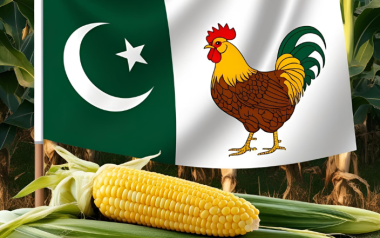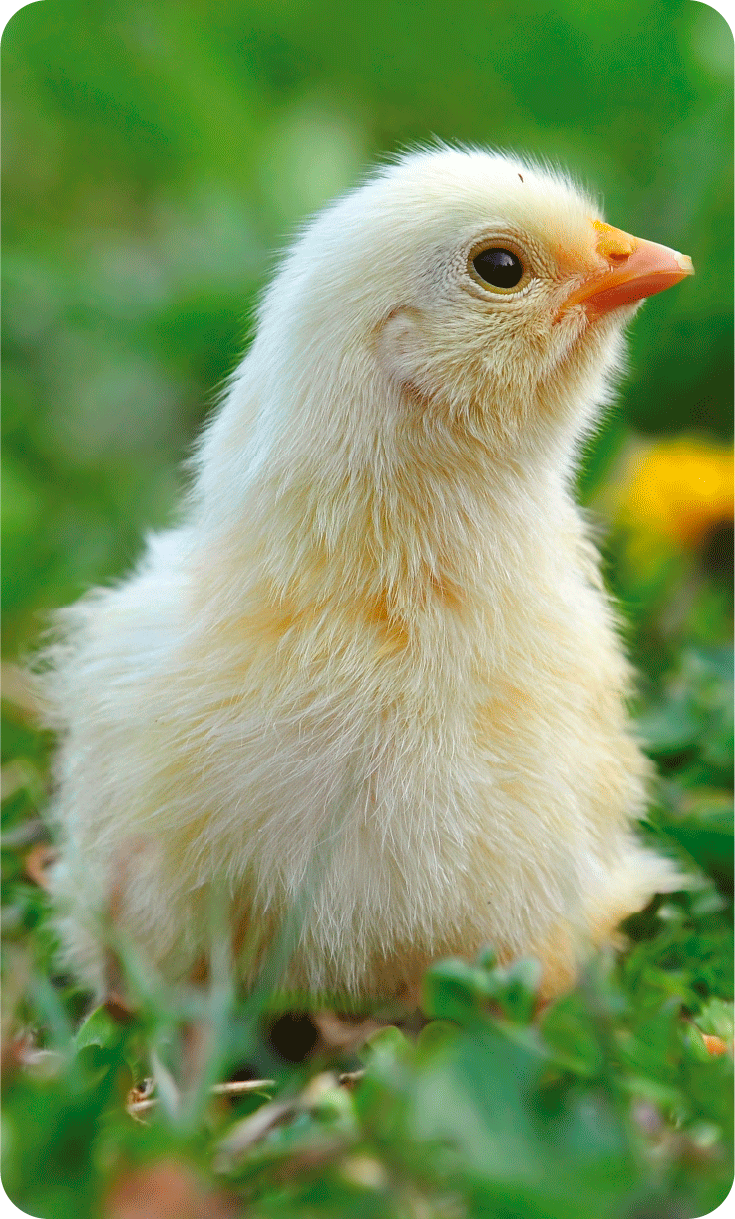
19 Mar 2021
Nutritional aspects on avian male fertility
Males are in charge of fertilizing the eggs of 10 broiler breeders, which could correspond to more than 1,000 fertilized eggs per year. The development of testicles, semen quality, and fertility are affected by age, genetic, management, stressors, nutrition, and other factors. However, an adequate nutritional modulation has demonstrated to improve the fertility of males successfully.
Available in other languages:
Males are in charge of fertilizing the eggs of 10 broiler breeders, which could correspond to more than 1,000 fertilized eggs per year. The development of testicles, semen quality, and fertility are affected by age, genetic, management, stressors, nutrition, and other factors. However, an adequate nutritional modulation has demonstrated to improve the fertility of males successfully. Then, some nutritional factors will be presented below:

“In poultry males aged over 45 wk, the testicular weight, testosterone level, semen volume, sperm concentration, viability, forward motility, polyunsaturated fatty acids (PUFAs) in sperm (especially n-3 PUFAs), and antioxidant concentrations decrease, whereas seminal plasma lipid peroxidation increases.”
- Fat: it is well known that the percentage of n-6 polyunsaturated fatty acids (n-6 PUFAs), specifically docosatetraenoic and arachidonic acids are predominant in spermatozoa and seminal plasma. This means that these fatty acids play a key role in the formation of sperm and, consequently, fertility. However, the fatty acid profile could be affected by the type of fat used in the diet. For example, a diet with 2% menhaden oil, rich in lipids n-3 PUFAs, increased male fertility, resulting in more fertilized eggs during artificial insemination in hens every 21 days.
- Vitamin E: It is in considerable concentrations in the testes, semen plasma, and spermatozoa acting as an antioxidant defense system. Also, it enhances the functions of sperm mitochondria and decreases the lipid peroxidation of the sperm membrane.
The reproductive system has a risk of oxidative damage due to the PUFA content when vitamin E concentrations are deficient.
In a study, Lohman Brown Breeder Roosters were fed with 100mg of Vit E/kg, demonstrated to improve the semen volume, sperm concentration, and motility percentage. On the other hand, the local roosters in Taiwan fed with 160 mg/kg of
TO CONTINUE READING REGISTER IT IS COMPLETELY FREE
Access to articles in PDF
Keep up to date with our newsletters
Receive the magazine for free in digital version
REGISTRATION
ACCESS
YOUR ACCOUNT
LOGIN
Lost your password?









































